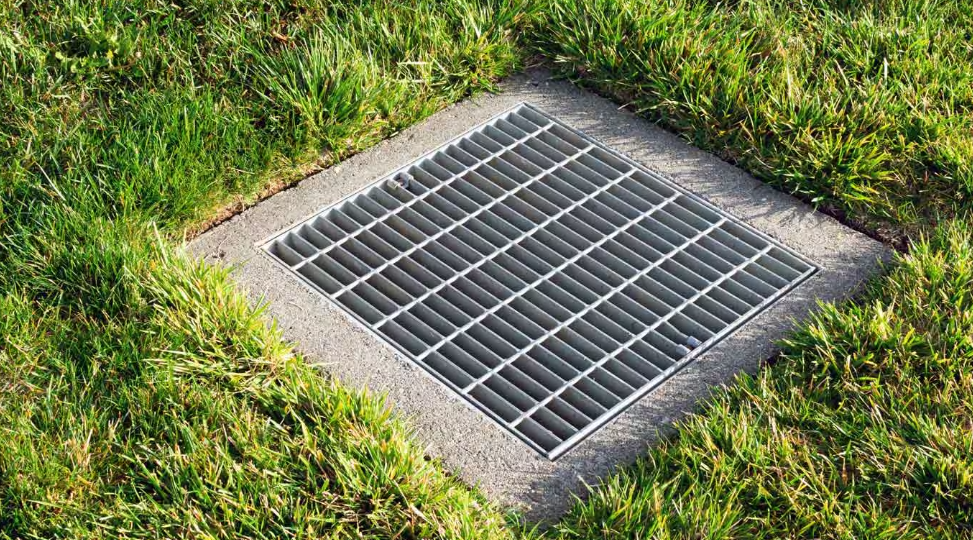Managing stormwater efficiently is crucial for urban and rural areas alike. With increasing urbanisation and changing weather patterns, innovative stormwater drainage solutions are essential to prevent flooding, minimise environmental impact, and protect infrastructure. This blog explores some of the most effective and forward-thinking drainage solutions available today.
Permeable Pavements
Permeable pavements are an excellent solution for urban areas where traditional concrete and asphalt surfaces contribute to water runoff. These pavements allow water to pass through, reducing runoff and promoting groundwater recharge. Materials such as porous concrete, permeable interlocking pavers, and resin-bound gravel can be used.
Green Roofs
Green roofs are an innovative approach that involves growing vegetation on rooftops. This method not only helps in managing stormwater but also provides insulation, reduces energy costs, and improves air quality. Green roofs absorb rainwater, which is then used by the plants, and the excess is slowly released back into the atmosphere.
Rain Gardens
Rain gardens are shallow, vegetated basins designed to collect and absorb runoff from roofs, driveways, and streets. They are planted with native shrubs, perennials, and flowers, making them both functional and aesthetically pleasing. Rain gardens can significantly reduce the amount of runoff and filter out pollutants, improving the quality of water that eventually enters natural water bodies.
Swales
Swales are shallow, broad channels with gently sloping sides that can be either naturally landscaped or designed using various materials. They are used to slow down and capture runoff, allowing it to infiltrate into the ground. Swales can be integrated into urban landscapes, such as along roadways and parking lots, to manage stormwater effectively.
Rainwater Harvesting
Rainwater harvesting systems collect and store rainwater from roofs or other surfaces for later use. This can be a practical and sustainable solution for managing stormwater, reducing demand on the mains water supply, and providing an additional water source for irrigation, flushing toilets, and other non-potable uses.
Bio-retention Systems
Bio-retention systems, also known as bio-filtration systems or rain gardens, are designed to treat and manage stormwater runoff through natural processes. They consist of a vegetated surface, a sand or soil filtration layer, and an underdrain system.
Hiring a Professional
Implementing these innovative solutions often requires expertise in hydrology and landscaping. Engaging a stormwater drainage plumber can ensure that systems are correctly installed and maintained. These professionals can assess the specific needs of a site, recommend appropriate solutions, and ensure compliance with local regulations.
Conclusion
Innovative stormwater drainage solutions are essential for sustainable urban development and environmental protection. By integrating permeable pavements, green roofs, rain gardens, swales, rainwater harvesting, bio-retention systems, and infiltration trenches, communities can effectively manage stormwater, reduce flooding risks, and improve water quality.

